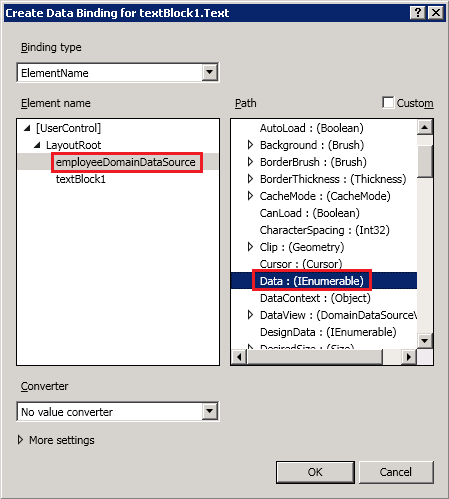
In more conference-related news, I’ll be speaking on Future Insights Live’s newly announced Cloud Track! Registration is still open… see you in Las Vegas!
Writing Node.js apps for Windows Azure
Friday, May 4th: 2:05pm – 2:55pm
Server-side JavaScript? On Windows Azure? Has hell frozen over? Learn about how Azure is quickly turning into an open cloud platform that supports a variety of runtimes: .NET, Java, PHP, and even Node.js! In this session, we will show how to build exciting realtime apps in JavaScript, and how to run them in the cloud. We will take advantage of features such as storage, caches, and queues to make our app scale without a hitch. We will also share the team’s plans for future Windows Azure improvements and give you a chance to voice your opinion.
Read More






